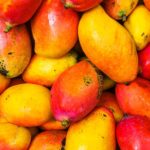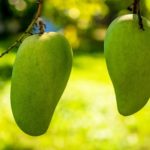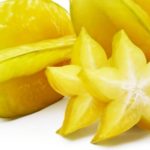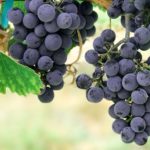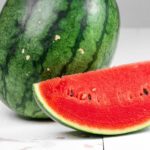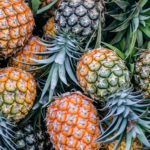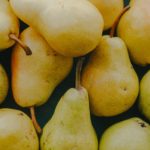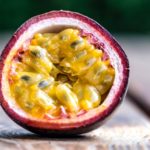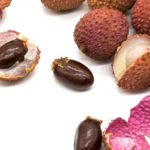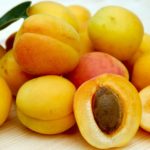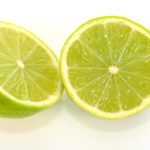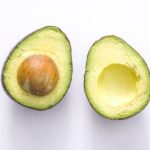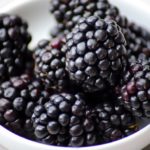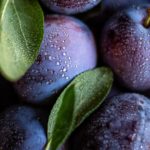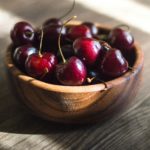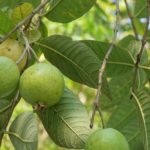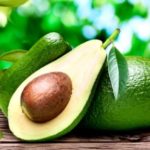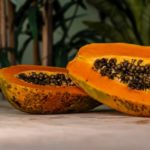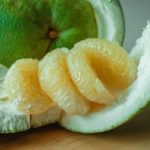The Scientific Name of Mango
Mango with the scientific name Mangifera Indica is a seasonal fruit that grows in the tropic lands, it is believed to have its origins from the sub-Himalayan plains of the Indian continent. The mango fruit is quite popular in most households all over the world having a nutrient-rich aspect and a unique fragrance, flavor, and taste; the fruit has a variable yellow to orange flesh and a sweet juicy trickle when ripe. It is in the above context that mangoes have been starred out as a prominent quality fruit that promotes health in premium dietary plans, mango is a key ingredient in functional foods often known as “super fruits”.
To identify botanically, mango or Mangifera indica falls in the flowering family Anacardiaceae.
The mango is considered the oldest cultivated tree and is believed to be native to countries like Malaysia, India, and Burma. Gradually it migrated to the western countries with the transporters who moved from one country to another. After winning the hearts of the people of Africa, and Europe, it reached America to dominate the heart of fruit-loving Americans. Mangoes were reportedly introduced to California in 1880.

A mango is enriched with Vitamin A and contains a good amount of beta-carotene. The darker the flesh, the more nutritious it is. Not only vitamin A, but it is also a good source of vitamin C.
Mangos are widely cultivated in free-tropical and sub-tropical climates. While the Indian race is intolerant to humidity the Philippine race can tolerate high moisture.
Although mango is deliciously fresh, it is also used to prepare other delicious food such as jam, jelly, pickle, custard, salad, and cake. Because of its sweet nature, the mango can be used as a substitute for sugar and can decorate your dining table as a desert.
